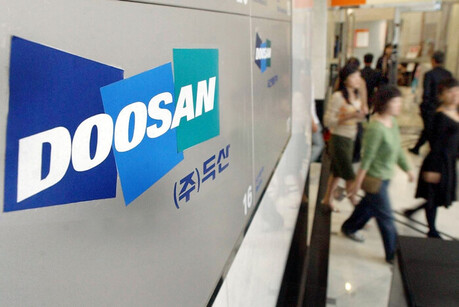
Asunción, Paraguay – Korea's traditional practice of making soybean paste (doenjang) and soy sauce (ganjang) through fermentation has been officially inscribed on the UNESCO Intangible Cultural Heritage List. The decision was announced at the 19th session of the Intergovernmental Committee for the Safeguarding of the Intangible Cultural Heritage, held in Asunción, Paraguay.
This marks the second Korean food culture to be recognized by UNESCO, following the inscription of Kimjang, the traditional process of making kimchi, in 2013. The UNESCO committee commended the long history and unique techniques involved in making soybean paste and soy sauce, as well as the transmission of family and community values through the process.
The committee emphasized that Korean fermentation practices are a crucial element of Korean cuisine, alongside rice and kimchi, defining the taste and identity of Korean food. They also highlighted the diverse values associated with this tradition, including food security, the empowerment of women, the promotion of healthy eating and quality of life, and the strengthening of communities.
The UNESCO evaluation body had previously recommended the inscription of Korean fermentation practices in early May. With this latest addition, Korea now boasts a total of 23 items inscribed on the UNESCO Intangible Cultural Heritage List.
The first Korean tradition to be inscribed was Jongmyo Jerye, the Royal Ancestral Ritual and Music of the Jongmyo Shrine, in 2001. The most recent addition before Korean fermentation practices was Talchum, Korean mask dance, in 2022.
[Copyright (c) Global Economic Times. All Rights Reserved.]






























